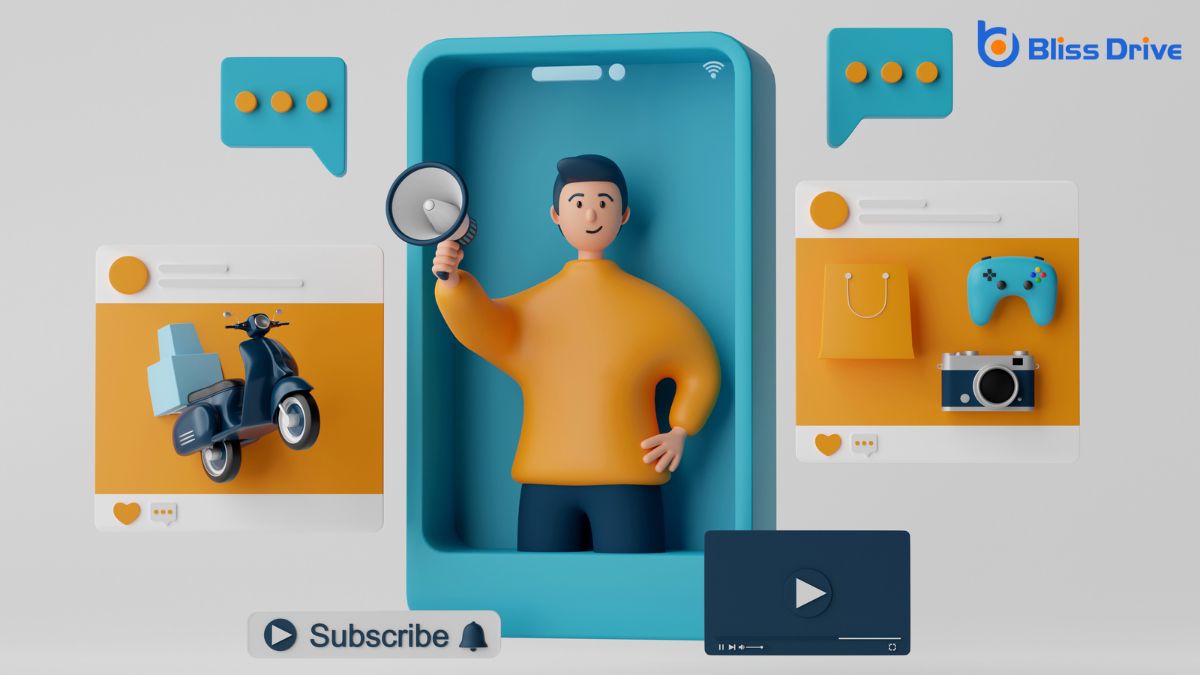Learn More About Us

When you're designing product pages, the placement of the call-to-action (CTA) can make or break conversions. Positioning it above the fold guarantees visitors see it immediately, tapping into their curiosity without any scrolling needed. But this isn't the only strategy. Aligning CTAs with product descriptionsDetailed information about a product, including features, benefits, and specifications. can heighten user engagementThe level of interaction and involvement users have with social media content. by reinforcing value at the right moment. So, what's the ideal placement to boost your conversionThe completion of a desired action by a referred user, such as making a purchase or filling out a fo... rates? Let's explore the possibilities.

Although it might seem minor, the placement of a call-to-action (CTA) on a product page considerably impacts user engagementThe interactions that users have with a brand’s content on social media. and conversion rates.
You mightn't realize it, but where you position your CTA can either encourage visitors to take action or leave them scrolling away. Think of the CTA as a guide directing your visitor’s journey. Placing it strategically means understanding your users’ behavior and anticipating their needs.
If your CTA is buried under a mountain of text or hard to find, you’re missing out on potential sales. A well-placed CTA should be visible and compelling enough to prompt immediate interaction.
Positioning your call-to-action (CTA) above the fold instantly grabs your visitor's attention and encourages them to act without delay.
When a potential customer lands on your product page, you want to make it as easy as possible for them to engage. Keeping the CTA visible without scrolling guarantees it's the first thing they see.
This placement capitalizes on your visitor’s initial curiosity and willingness to explore further.
When you align CTAs with product descriptions, you create a seamless user experience that naturally guides visitors toward taking action.
Imagine reading about a product’s standout features and immediately seeing a “Buy Now” button. It feels intuitive, right? By placing CTAs within the context of detailed descriptions, you reinforce the value of your products at the moment of peak interest. You’re not interrupting the reader’s journey; instead, you’re enhancing it.
Think about the flow: a potential customer reads about the benefits, envisions the product in their life, and then sees a clear path to purchase.
This approach respects their decision-making process and nudges them gently toward conversion. It’s all about timing and relevance, making CTAs feel like a natural next step.
Striking the right balance between design and user experience is essential for effective CTAs on product pages. You want your CTA to stand out without overwhelming the user.
Consider the page's color scheme: a bold, contrasting color can draw attention, but make sure it complements the overall design. Use whitespace effectively to guide the eye naturally towards the CTA.
Placement matters too; it should be easily accessible without requiring excessive scrolling. Think about mobile users, as well—ensure that the CTA is prominent and clickable on smaller screens.
Consistency in button style throughout the site can reinforce familiarity and trust. Ultimately, your goal is to create a seamless experience where the CTA feels like a natural step in the journey.
Understanding how consumers interact with your product page is key to optimizing your call-to-action (CTA). You need to tap into consumer behavior trends to make informed decisions.
Pay attention to how visitors navigate through your page. Do they scroll immediately, or do they linger on certain elements? These insights can guide you in placing your CTA effectively.
Consider these factors:

To maximize the effectiveness of your CTA, it’s important to test and optimize its position on your product page. Start by using A/B testing to compare different placements. This method lets you see which position encourages more clicks and conversions.
Don't assume the first spot you choose is the best; user behavior varies, so it’s vital to gather data and analyze results.
Also, consider using heatmaps to understand where visitors focus their attention. This tool helps identify whether your CTA is in a high-engagement area.
After gathering insights, adjust your CTA position accordingly. Remember, the goal is to make sure it’s visible and compelling without disrupting the user experience.
Continuous testing and optimization will leadA potential customer referred by an affiliate who has shown interest in the product or service but h... to improved performance and a higher conversion rateThe percentage of visitors who complete a desired action, such as making a purchase or filling out a....
To boost your product page’s effectiveness, position your CTA above the fold to grab attention instantly. Pair this with in-context CTAs that align with product descriptions to enhance the user experience and reinforce value. Don’t forget to balance design with usability and keep analyzing consumer behavior. Regular A/B testing is key to finding the ideal setup. By doing this, you’ll engage visitors more effectively and drive higher conversion rates.
